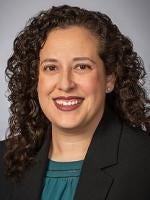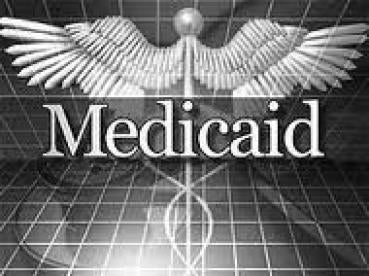On August 21, 2023, the New York State Office of the Medicaid Inspector General (OMIG) announced updates to the Medicaid overpayment self-disclosure program, which now includes an abbreviated process for reporting and explaining overpayments that are considered routine or transactional in nature and have been already voided and adjusted.
The OMIG self-disclosure process has long been established to provide an avenue for Medicaid providers to report, return and explain Medicaid overpayments within 60 days of identifying the overpayment (or by the date any corresponding cost report was due) as is required by both Federal and State law.[1]
Providers that identify a Medicaid overpayment now have two choices within the OMIG self-disclosure framework based on the error identified. Errors that require formal corrective action plans should always be self-disclosed using the “Self-Disclosure Full Statement,” while errors that are more transactional or routine in nature and already repaid through voids or adjustments may be better suited to the new “Self-Disclosure Abbreviated Statement.”[2]
For example, overpayments resulting from any of the following should be self-disclosed using the Self-Disclosure Full Statement:
- Any error that requires a Medicaid entity/provider to create and implement a formal corrective action plan;
- Actual, potential or credible allegations of fraudulent behavior by employees or others;
- Discovery of an employee on the “Excluded Provider” list;[3]
- Documentation errors that resulted in overpayments;
- Overpayments that resulted from software or billing systems updates;
- Systemic billing or claiming issues;
- Overpayments that involved more than one Medicaid entity/provider;
- Non-claim-based Medicaid overpayments;
- Any error with substantial monetary or program impacts; and
- Any instance upon direction by OMIG.
Examples of overpayments that should be self-disclosed using the new Self-Disclosure Abbreviated Statement, include:
- Routine credit balance/coordination of benefits overpayments;
- Typographical human errors;
- Routine Net Available Monthly Income (NAMI) adjustments (applicable to nursing home residents);
- Instances of missing or faulty authorization for services due to human error;
- Instances of missing or insufficient support documentation due to human error;
- Inappropriate rates, procedures or fee codes used due to typographical or human error; and
- Routine recipient enrollment issues.
OMIG cautions Medicaid providers that voiding or adjusting claims without also using the abbreviated self-disclosure process does not satisfy the provider’s obligation to report and explain the identified overpayment.
Listen to this post
FOOTNOTES
[1] See 42 U.S.C. §1320a-7k(d); NY Social Services Law §363-d(6).
[2] The Self-Disclosure Full Statement and the Self-Disclosure Abbreviated Statement are available on OMIG’s website at: https://omig.ny.gov/self-disclosure-submission-information-and-instructions.
[3] “Excluded Provider” lists are maintained by both Federal and New York State government agencies. The Office of Inspector General within the U.S. Department of Health and Human Services maintains a “List of Excluded Individuals/Entities”, which is compromised of individuals and entities that are excluded from participating in Federal health care programs (e.g., Medicare and Medicaid). See https://oig.hhs.gov/exclusions. The OMIG maintains a list of Medicaid providers who are no longer eligible to participate in the Medicaid program. See https://omig.ny.gov/medicaid-fraud/medicaid-exclusions.




 i
i


